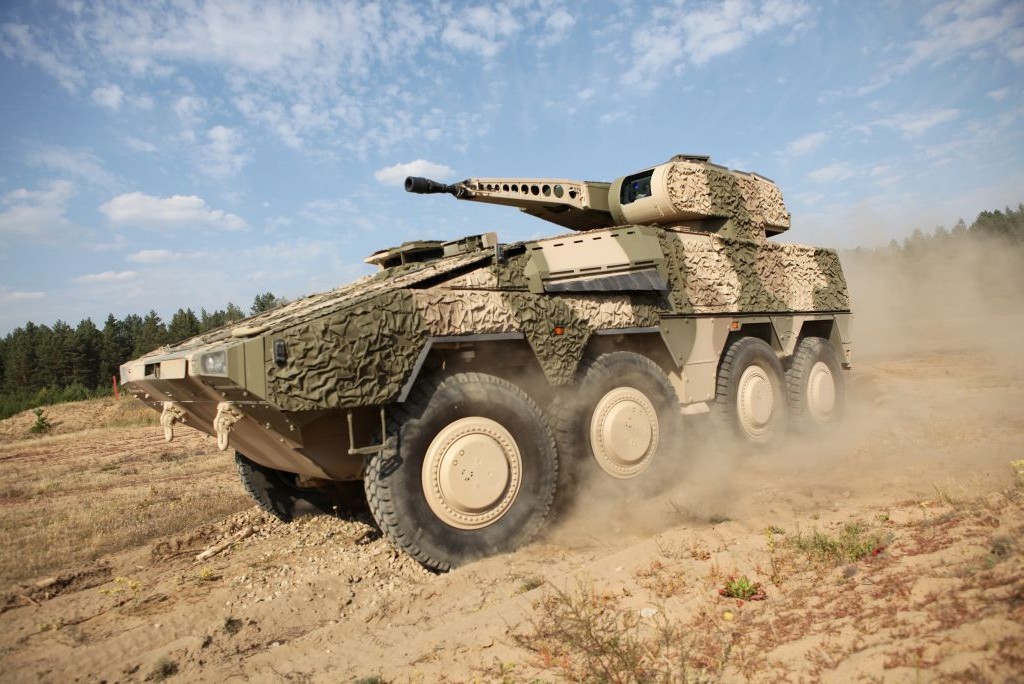China’s Counterspace Arsenal: A Rising Threat to U.S. Space Operations
In the ever-evolving landscape of modern warfare, space has emerged as a critical domain of contention. With the increasing reliance on satellites for communications, navigation, and reconnaissance, nations are investing heavily in counterspace capabilities. Currently, China’s efforts in this arena are particularly noteworthy and concerning for the United States. According to Chief of Space Operations Gen. Chance Saltzman, China’s expanding arsenal of counterspace weapons—from ground-based lasers to advanced satellite systems—poses a “grave threat” to U.S. interests.
The Expansion of China’s Counterspace Weapons
Gen. Saltzman reported that the People’s Liberation Army (PLA) is advancing its development of various counterspace weapons, including missiles and powerful ground-based lasers. These systems are designed to disrupt, damage, or completely destroy satellites, creating significant implications for space security. Saltzman indicated that these capabilities could be operational within the decade, marking a substantial leap forward in military technology.
By the mid-to-late 2020s, the PLA plans to deploy laser systems capable of physically damaging satellite structures, elevating the potency of their counterspace arsenal. This transformational shift poses immediate challenges to U.S. space operations, necessitating a reevaluation of strategies for protecting both orbiting assets and terrestrial communications.
Ground-Based Jammers and Kinetic Operations
China’s strategy also includes the widespread use of jammers aimed at targeting space-based communications, radars, and navigation systems. One significant area of concern is their targeting of the Pentagon’s extremely-high-frequency (EHF) systems, which are crucial for secure communications. By employing jamming tactics, China can severely disrupt U.S. military operations that rely on these advanced systems.
Moreover, the PLA is actively conducting kinetic counterspace operations by developing satellites equipped to engage in ‘dogfighting’—physically intercepting and capturing other satellites. This aggressive initiative underlines a sophisticated approach to counterspace operations, focusing on real-time engagement and direct confrontation in orbit.
The "Kill Web" Initiative
One of the most concerning aspects of China’s military strategy in space is the development of a "kill web." This initiative aims to leverage hundreds of satellites for surveillance, tracking, and targeting terrestrial forces. Gen. Saltzman emphasized the implications of this system for U.S. national security, noting that it extends beyond merely securing U.S. space assets. For the U.S. military, ensuring effective denial of Chinese space capabilities has become an essential component of maintaining global dominance.
This evolving landscape requires a shift in the U.S. Space Force’s mission from a traditional reactive posture to one focused on achieving "space superiority." Saltzman articulated that it is no longer enough just to protect American satellites; the U.S. must formulate strategies to actively deny adversaries access to their space-based resources.
Challenges in Funding and Capability Development
Despite the pressing threat posed by China’s advancements in counterspace weapons, Gen. Saltzman warns that the U.S. Space Force is operating under critical funding constraints. He expressed concern that current financial resources are insufficient to develop the requisite capabilities necessary to address new mission sets that have been assigned to the Space Force. He stated, “I believe we have more left unfunded than we have funded,” highlighting the disparities in resources and priorities.
The Space Force recognizes the need to concentrate on ground-based counterspace weapons initially. These systems require less technological innovation compared to their orbital counterparts, enabling a more streamlined approach to build necessary defenses. However, Saltzman argued for a comprehensive strategy that spans all six categories of counterspace weapons: ground-based jammers, kinetic weapons, directed energy weapons, and their space-based equivalents.
Future Focus: Jamming and Non-Kinetic Effects
Within this strategic landscape, the Space Force is prioritizing jamming and other non-kinetic effects as first lines of defense against potential threats. The intent is to avoid resorting to destructive measures unless absolutely necessary. As evidenced by past incidents, destructive actions in orbit can create hazardous debris fields that pose long-term risks for all space users—a situation the Space Force aims to prevent.
Gen. Saltzman’s insight emphasizes the urgency with which the U.S. must address these challenges. The clear directive is to innovate and protect within the realm of space operations while simultaneously working to disrupt adversarial capabilities.
In summary, as the global geopolitical environment becomes increasingly competitive, understanding and addressing the developments in counterspace operations—especially from entities like China—is more vital than ever. The U.S. Space Force’s proactive strategies will shape the future of space security, balancing the necessity for protection with a robust approach to denying adversaries access to vital space assets.





